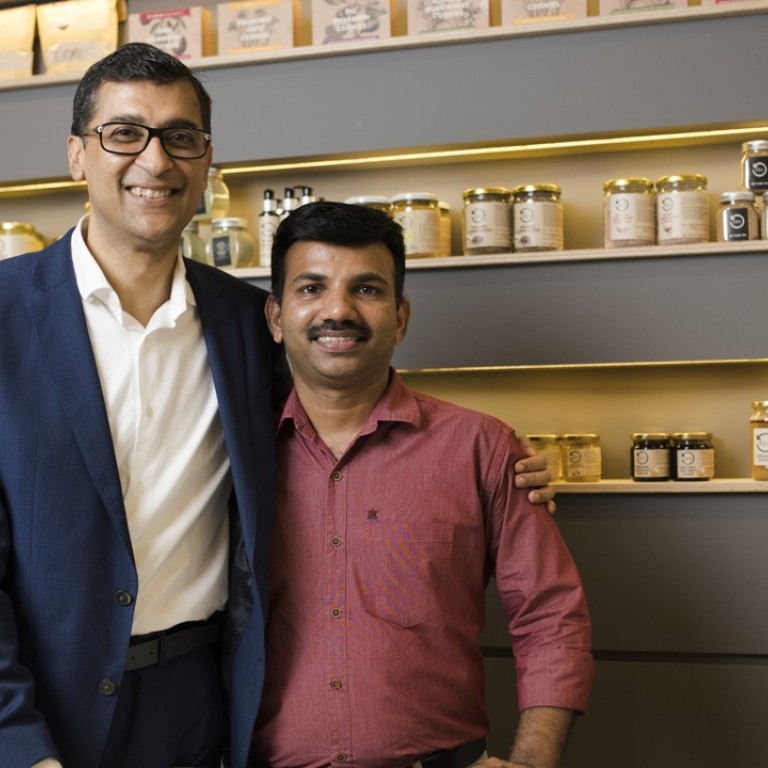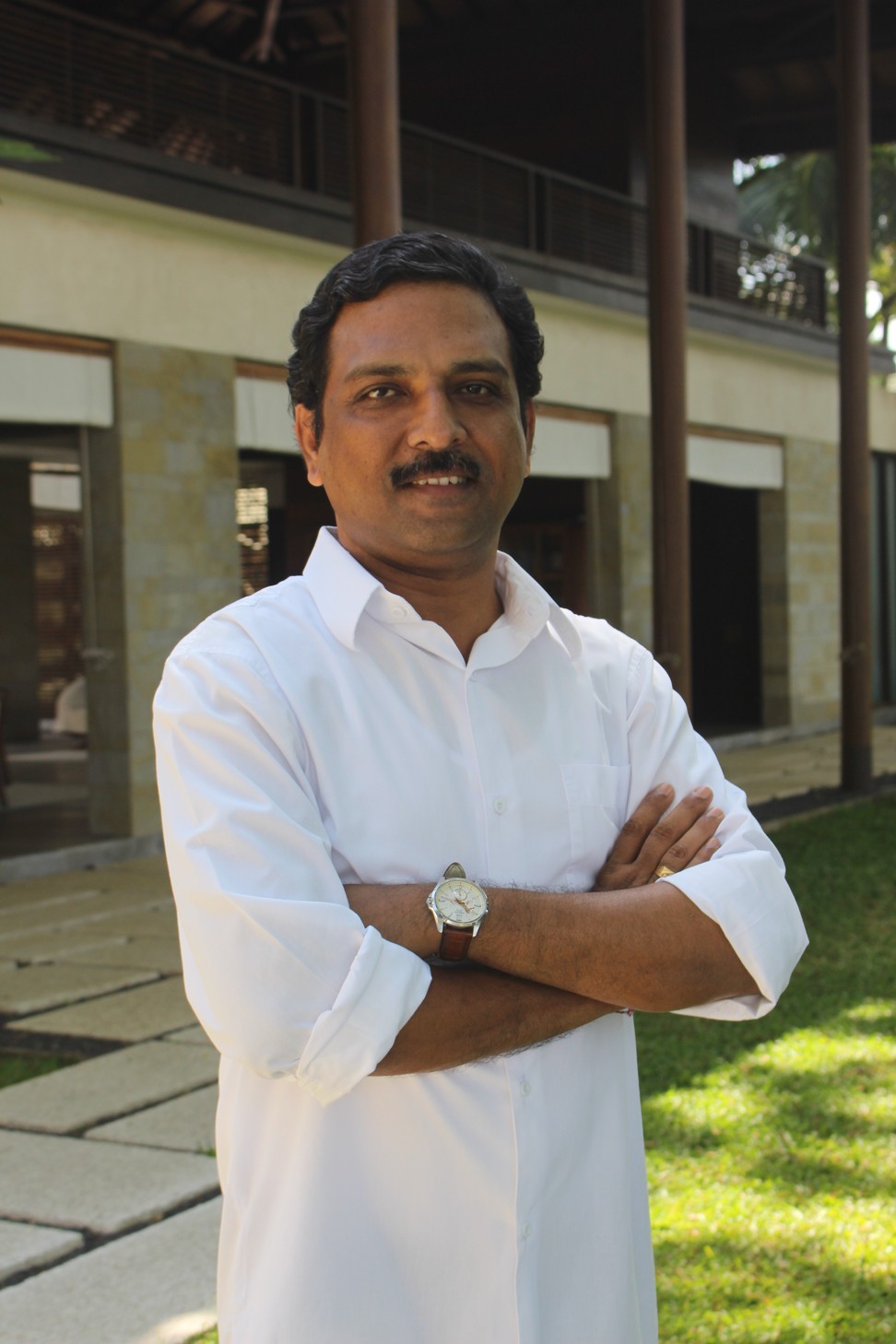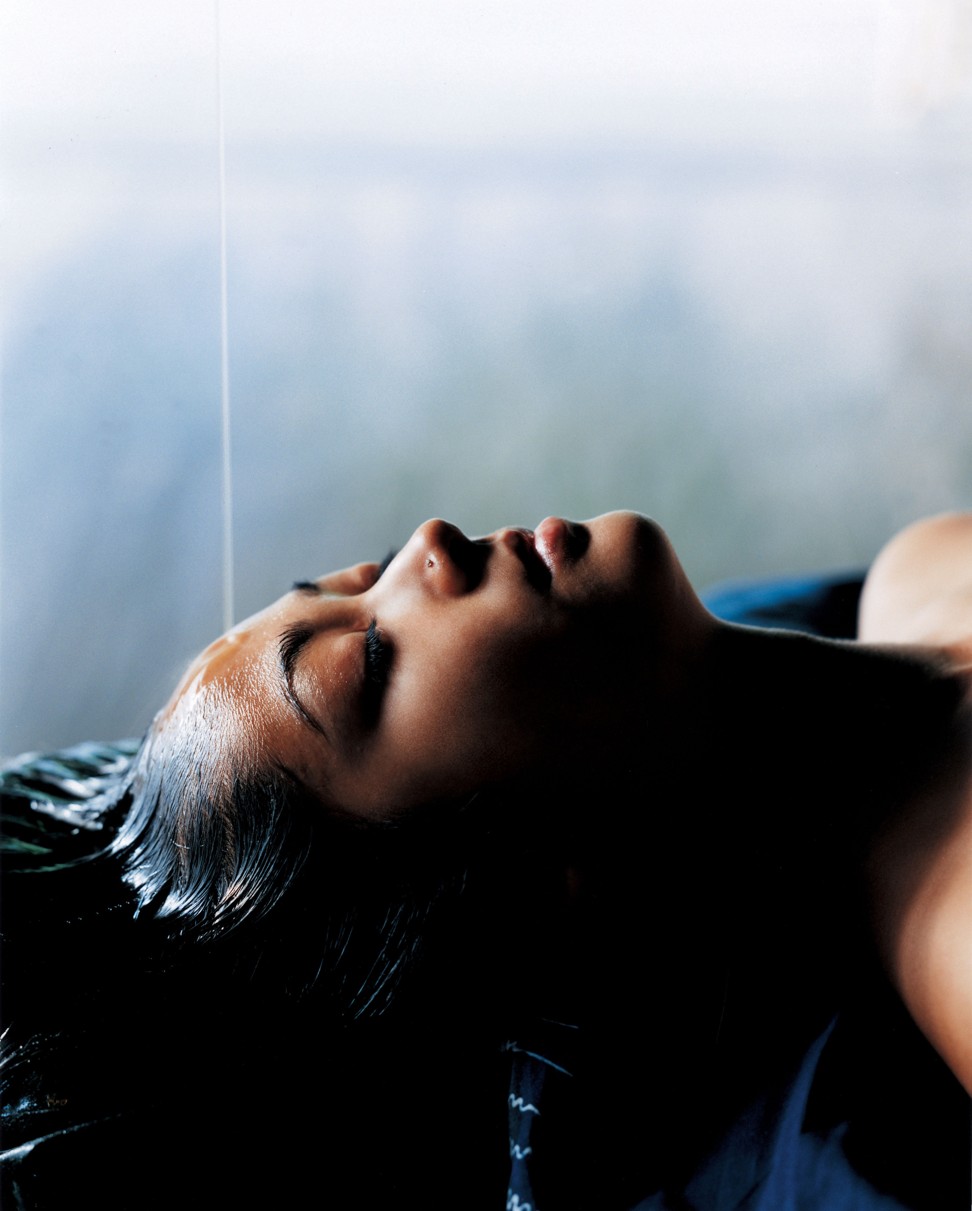
How Ayurveda improved this sceptical Singapore man’s life so much, he started an Ayurvedic company
- Sumit Nanda had constant headaches and bad digestion, until he saw an Ayurvedic doctor
- Despite his scepticism, he found the treatment worked so well, he now runs an Ayurvedic store
Plagued with frequent migraines, insomnia and colds, Sumit Nanda, an Indian businessman living in Singapore, was not breathing easy. Overweight with high blood pressure, he was constantly taking antibiotics and anti-allergy medicines.
“I started getting unbearable headaches, first once a month, then once every week and finally once every other day. I was popping painkillers every morning and was barely able to make it through the day,” the 49-year-old says.
How a Japanese health drink conquered world with bacteria and beaming ladies
In 2012, Nanda’s brother persuaded him to consult Dr Ratheesh, an Ayurvedic doctor in India. “I was sceptical to say the least, always having believed in modern medicine. But I am so glad I listened to my brother,” Nanda says.
Two months after the first consultation, Nanda had lost 14 kilos, his headaches had stopped and he was sleeping like a baby. “Meeting Dr Ratheesh changed my life. Over the past six years I have never had a migraine attack or a cold. I have lost 30 kilos and maintained it,” he says with a smile. “Most importantly I feel fresh and energetic the whole day.”

Ayurveda, the medicine behind the transformation in Nanda’s health, originated in India 5,000 years ago. The name comes from two Sanskrit words, ‘ayur’ meaning life and ‘veda’ meaning science.
Ayurveda is based on the belief that health is a balanced integration between our environment, mind, body and spirit – and that the body has a natural ability to heal itself through appropriate diet, exercise and lifestyle.
“In our first consultation, Dr Ratheesh examined my pulse for a few minutes, looked at my tongue and asked me about my lifestyle and my sleeping and eating habits. He also questioned me about my physical activity, my moods and emotions, as well as the medication that I was taking,” Nanda says.
“Sumit was 44 when I saw him first, but he had the metabolism of a 65-year-old,” Ratheesh says. “His body was not able to digest the food he was eating, which was the cause of his health problems. Once we changed his diet and his lifestyle, the ailments went away,” he says.
Ratheesh asked Nanda to follow a diet and exercise plan for a month. The diet excluded meat and dairy. Breakfast and dinner was mainly fruit based, while lunch was freshly prepared vegetarian food. Dinner was to be eaten before 7pm and Nanda was to be in bed before 9.30pm. According to Ayurveda, the body heals itself from 10pm to 3am, hence getting sleep during those hours is crucial. Wake-up time was 6am followed by a brisk hour-long walk.
White Flower oil: 91 years of going from scents to strength
Ratheesh also prescribed three herbal supplements for Nanda – turmeric, ashwagandha and triphala – which are known to improve blood circulation, boost the immune system and cleanse the colon, respectively.
“The doctors I went to earlier kept trying to treat the symptoms by giving me pills to control my blood pressure and dry up my cold. But they couldn’t identify the underlying cause of my health issues. Ayurveda identified the source of my problem,” Nanda says.

In 2017, Nanda sold his manufacturing business and convinced Ratheesh to move to Singapore to practice Ayurveda. Nanda started Ega Juice Clinic, offering Ayurvedic consultation and products. Ega is “age” spelt in reverse.
“Our aim is to make people healthier and happier,” Nanda says.

Ayurveda has spread far from its Indian birthplace. Dr Prasanth, an Ayurvedic doctor who works with the Como Shambhala wellness resort in Bali, recently visited Hong Kong to promote the practice.
The Ayurvedic doctor will determine which of the three doshas is out of balance in the patient. He will then suggest a diet, exercise and lifestyle plan. Every individual is unique and there is no diet or lifestyle routine that works for everyone
“Ayurveda and Western medicine look at disease differently,” Dr Prasanth says. “Ayurveda treats the individual rather than the disease. The first question an Ayurvedic doctors asks is ‘who’ is my patient, not what is my patient’s ailment.”
How ignorance of ME, or yuppie flu, is standing in the way of a cure
By “who” Ayurveda refers to a person’s specific constitution or prakruti, which comprises three fundamental energies or doshas called Vata, Pitta and Kapha. The three doshas are derived from the combinations of the five states of matter – Vata from space and air, Pitta from fire and water, and Kapha from earth and water. Each dosha controls a different bodily function. Vata controls movement and the mind; Pitta controls metabolism and digestion; and Kapha controls muscle growth and the immune system.
According to the Ayurvedic tradition, every person has their own equilibrium of the three doshas at birth, and one is usually stronger than the others. When the doshas are balanced we experience good health; an imbalance causes illness.
Each dosha has a primary location in the body, which serves as a focal point for treatment. If a dosha is out of balance, the first symptom will often occur at that location. An aggravated Vata often manifests in the colon and its primary symptoms are intestinal gas, pain or constipation. An uncomfortably hot or painful sensation in the upper abdomen often indicates aggravated Pitta, while chest congestion and throat infections point to an aggravated Kapha.
A trained Ayurvedic practitioner can accurately determine a person’s dosha by observing a person’s pulse, their movements, speech patterns and colour of their skin and eyes. Ayurvedic doctors also seek details about a patient’s daily diet, exercise, lifestyle and mental health.
Eczema sufferer on her all-natural solution to beating her condition
“The Ayurvedic doctor will determine which of the three doshas is out of balance in the patient. He will then suggest a diet, exercise and lifestyle plan. Every individual is unique and there is no diet or lifestyle routine that works for everyone,” Prasanth says.
“By knowing a patient’s body type, an Ayurvedic doctor can tell which diet, physical activities, and medical therapies will help. There is a saying in Ayurveda, ‘If diet is wrong, medicine is of no use. If diet is correct, medicine is of no need.’ Disease is the symptom, not the cause. And the cause is an imbalance of the three doshas, which is what Ayurveda looks to treat.”

A person with diabetes will have a different treatment plan, depending on their type. For Vata types, the plan would be to practice deep and slow breathing, guided relaxation, and shirodhara – pouring liquid over the forehead, Prasanth says.
For Pitta types, diabetes is a result of digestive and metabolic imbalances linked to a problem in the stomach, small intestines, liver, or pancreas. Treatment would include a change in diet. For Kapha types, diabetes results from a lack of physical activity, so they would be prescribed rigorous activity, he adds.
Awareness is the key to good health, according to Ayurveda. If you understand your constitution and remain alert to how your mind, body and emotions respond to your environment, you can make informed choices to prevent disease, stay healthy and take control of your health.

Doshas
Vata
Balance: creativity, imagination, spontaneity
Imbalance: bloating, gas, constipation, insomnia, anxiety
Pitta
Balance: intellect, confidence, strong digestion
Imbalance: heartburn, aversion to heat, acne, anger, irritability, impatience
Kapha
Balance: affection, calm, composure, endurance
Imbalance: allergies, depression, materialism, jealousy, weight gain, procrastination

Ayurvedic treatments
Shirodhara: drip of herb-infused hot oil onto the “third eye” site on the forehead
Abhyanga: hot oil massage performed by two massage therapists together
Marma therapy: manipulation of energy in the body by stimulating the 107-marma points (channels to access the body, mind and consciousness) by applying moderate to deep pressure using the fingertips
Pizichil: herbal oil massage and shirodhara oil drip
Udvartana: massage with herbal powders
Tanlepa: oil massage followed by an herbal body plaster
Shiroabhyanga: scalp and spine massage

